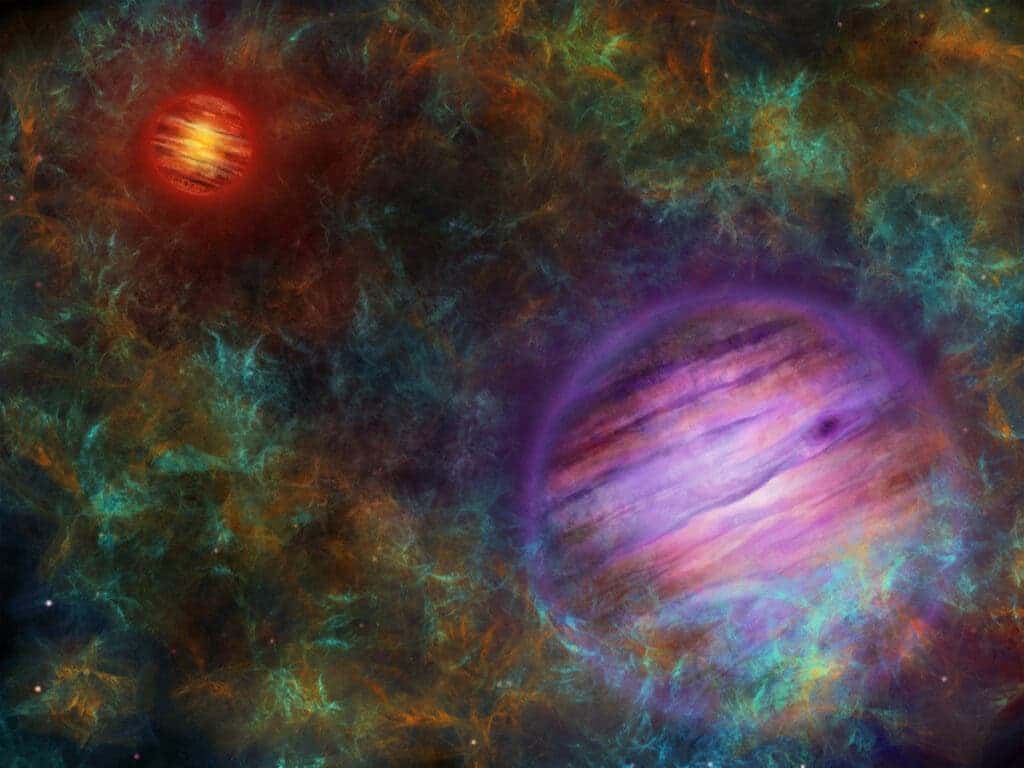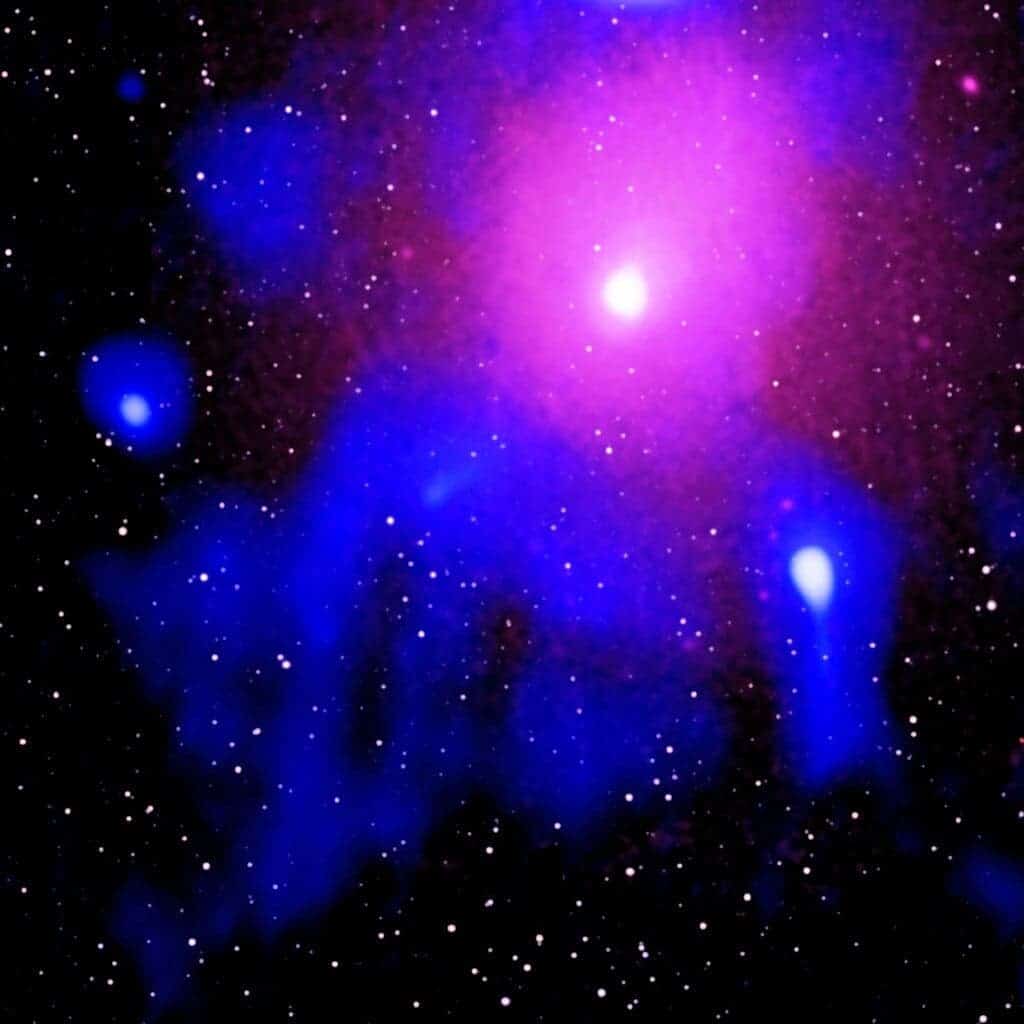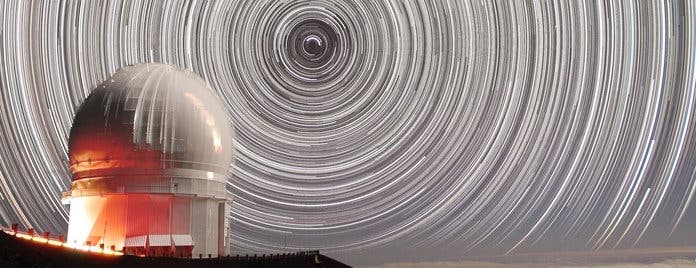A team of researchers from the University of Bern has discovered a very different binary system 450 light-years from Earth. The system — CFHTWIR-Oph 98 or Oph 98 for short — has twin occupants that appeared at first sight to be exoplanets existing in a star-less system. A deeper examination has revealed that they are brown dwarfs — Oph 98 A and Oph 98 B respectively — astronomical objects that are similar to stars but smaller and cooler.

These brown dwarfs wander the galaxy together, orbiting each other at an incredibly large distance equivalent to 200 times the distance between Earth and the Sun.
The discovery of the curious Oph 98 system by the research team led by Clémence Fontanive from the Center for Space and Habitability (CSH) and National Centre of Competence in Research PlanetS (NCCR PlanetS) is documented in a paper published in The Astrophysical Journal Letters.
A Star that Failed
The Oph 98 is a relativity new-born system in astrophysical terms, forming just 3 million years ago in the Ophiuchus stellar nursery (hence the ‘Oph’ element of its name). Its relative youth has some interesting consequences for the bodies that comprise it and led the team to properly identify its constituent bodies.
The system has not existed for long enough for it to start forming planets. This means that Oph 98 A and B must have both formed via the same mechanisms that give rise to stars. This conclusion is also supported by the fact that Oph 98 B is roughly the right size to be a planet, but Oph A is too small to have the reservoir of material needed to form a planet so large. That means they must be brown dwarfs.
“This tells us that Oph 98 B, like its host, must have formed through the same mechanisms that produce stars and shows that the processes that create binary stars operate on scaled-down versions all the way down to these planetary masses,” says Fontanive.

The fact that brown dwarfs form in ways that are similar to stars and share similar masses, but do not ignite with the nuclear processes that power stars, has often led to them being nicknamed ‘failed stars.’ It is extremely rare for star-forming processes to create worlds that go on to exist in a system such as this.
The objects are rare examples of astronomical bodies similar to giant exoplanets that orbit each other without a parent star. Both are young brown dwarfs, with Oph 98 A being the larger of the two with a mass 15 times that of Jupiter. Its smaller companion — Oph 98 B — has a mass equivalent to 8 times that of the gas giant, which is the largest body other than the Sun in our solar system.
This isn’t the only thing that makes Oph 98 unique, however.
Brown Dwarfs with a Weak Bond
Another thing that makes the Oph 98 system so remarkable is the fact that, like all binary systems, the bodies are gravitationally bound. These bonds are greater with objects of greater mass but follow an inverse square law — meaning the bond’s strength falls off quickly as separation distances increase. Because these objects have relatively small mass coupled with an extremely large separation, the gravitational bond between them is one of the weakest in terms of energy that astronomers have ever observed.
Observing this system at all is no mean feat as brown dwarfs — especially low-mass ones — emit very little electromagnetic radiation and are thus, not easy to spot.
“Low-mass brown dwarfs are very cold and emit very little light, only through infrared thermal radiation,” explains Fontanive. “This heat glow is extremely faint and red, and brown dwarfs are hence only visible in infrared light.”

This visibility challenge was further compounded by the fact that Oph 98 and the Ophiuchus galaxy cluster itself is embedded in a dense cloud of dust that scatters visible light. “Infrared observations are the only way to see through this dust,” the researcher adds.
In fact, the team’s discovery was only made possible by the impressive power of the Hubble Space Telescope and the fact that it makes its observations from above Earth.
Hubble Shines Through Again
The Hubble Space Telescope is one of the only telescopes capable of observing objects as faint as the Oph 98 A and B and resolving the image of the brown dwarfs at such tight angles.
“Detecting a system like Oph 98 also requires a camera with a very high resolution, as the angle separating Oph 98 A and B is a thousand times smaller than the size of the moon in the sky,” Fontanive continues.

Hubble’s space-based vantage point is also crucial for the observation of such objects. This is because the infrared signatures that are used to observe brown dwarfs arise from water vapors that form in their upper atmospheres. As Earth’s atmosphere is full of water also producing this signal, the fainter trace from distant brown dwarfs is almost always obscured beyond detection for telescopes at the planet’s surface.
“Both objects looked very red and showed clear signs of water molecules. This immediately confirmed that the faint source we saw next to Oph 98 A was very likely to also be a cold brown dwarf, rather than a random star that happened to be aligned with the brown dwarf in the sky,” says Fontanive.

Interestingly, the team’s findings have helped confirm the fact that the Oph 98 system has actually been spotted before. The binary was also visible in data collected by the Canada-France-Hawaii Telescope (CFHT), located atop the summit of Mauna Kea, Hawaii, 14 years ago. This older data helped the team confirm how Oph 98 A and B move together across the galaxy as a pair.
“We observed the system again this summer from another Hawaiian observatory, the United Kingdom Infra-Red Telescope. Using these data, we were able to confirm that Oph 98 A and B are moving together across the sky over time, relative to other stars located behind them, which is evidence that they are bound to each other in a binary pair”, explains Fontanive. “We are really witnessing an incredibly rare output of stellar formation processes.”
Original Research
Fontanive. C., et al, ‘A wide planetary-mass companion to a young low-mass brown dwarf in Ophiuchus,’ The Astrophysical Journal Letters, [2020], [https://arxiv.org/abs/2011.08871]


